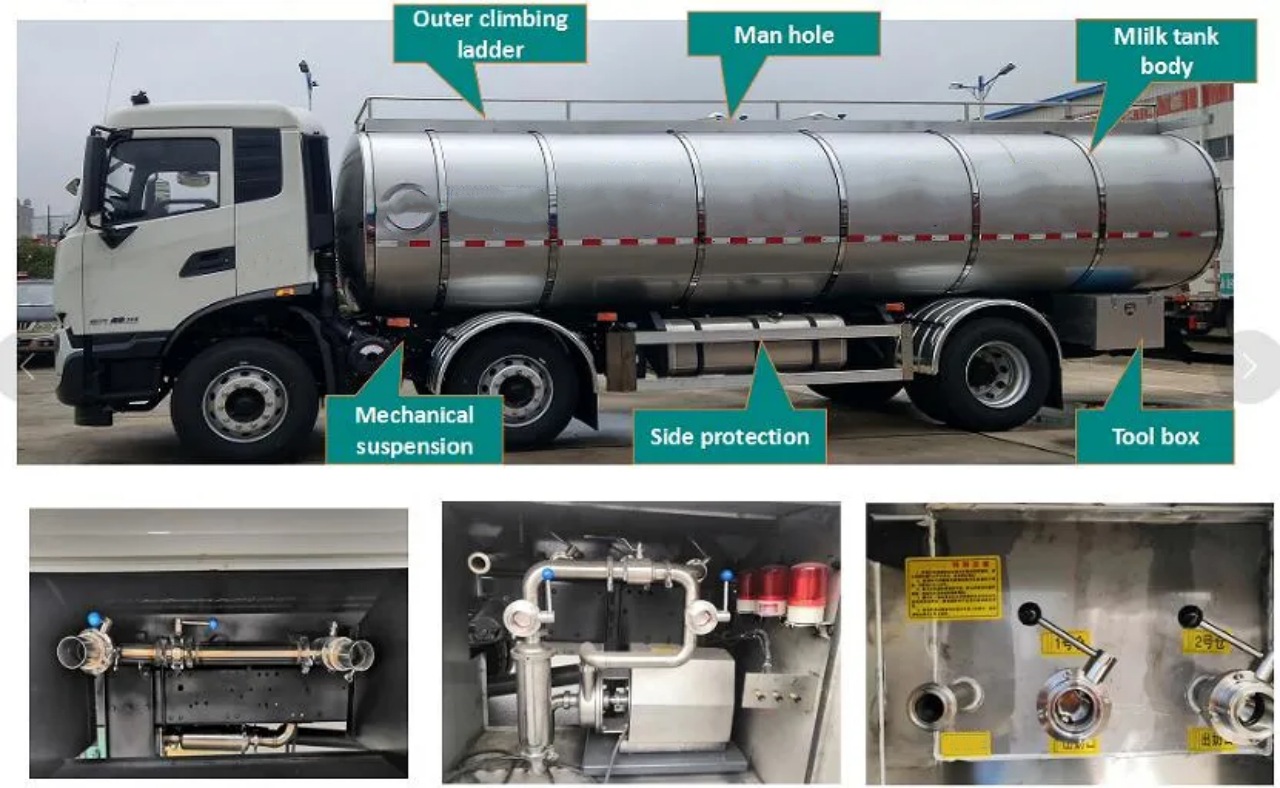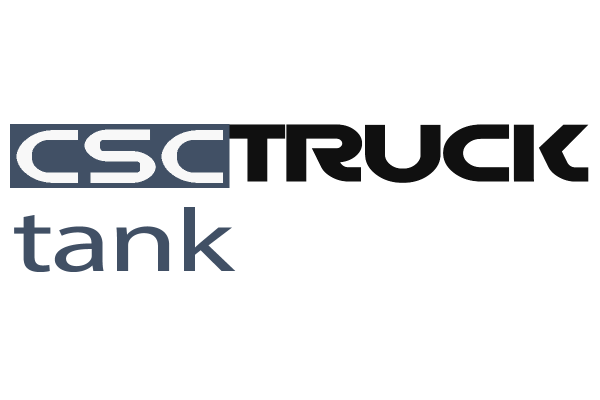Milk trucks, essential in the dairy industry for transporting milk from farms to processing facilities, play a crucial role in ensuring fresh dairy products reach consumers reliably. These specialized vehicles are meticulously designed to meet the unique requirements of milk transportation, considering factors such as volume, weight distribution, and regulatory compliance. Understanding the dimensions and specifications of milk trucks is key to appreciating their efficiency and safety on the road.
Introduction to Milk Trucks
Milk trucks, also known as tanker trucks or milk tankers, are specifically designed to transport bulk quantities of milk from dairy farms to processing plants. Unlike conventional trucks, milk trucks are equipped with large, insulated tanks that maintain the milk’s freshness and quality during transit. The design and construction of these trucks adhere to strict regulations to ensure hygiene and food safety standards are met throughout the transportation process.
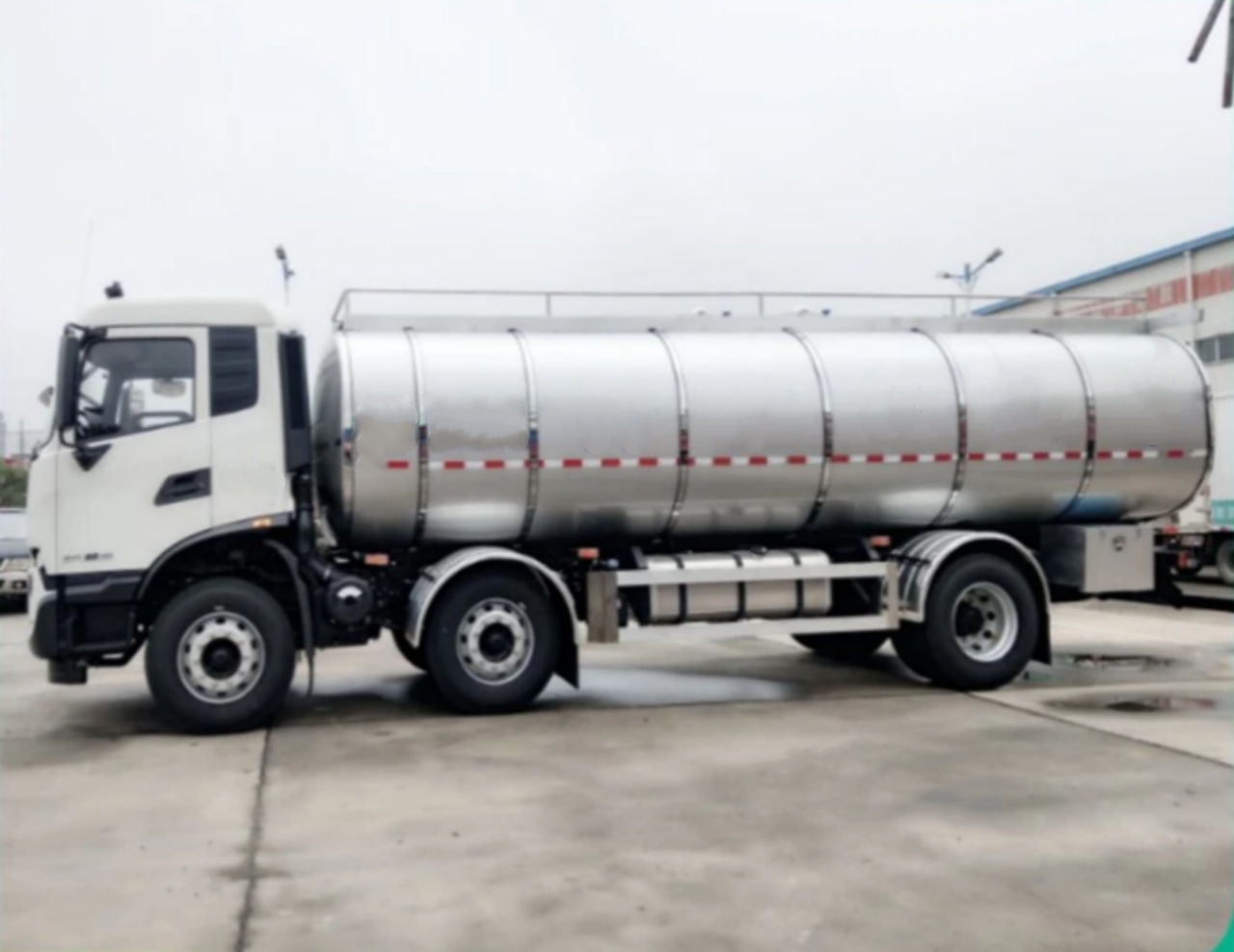
Dimensions and Size Specifications
The size of a milk truck can vary based on regional regulations and the manufacturer’s design specifications. Generally, these trucks range in length from 30 to 40 feet (9 to 12 meters), with variations depending on the capacity of the milk tank and the chassis configuration. The width typically conforms to standard road transport regulations, ensuring compatibility with road infrastructure and safety guidelines.
Capacity and Volume Considerations
Milk trucks are classified based on their capacity to carry milk in gallons or liters. Common sizes include trucks capable of holding 5,000 to 8,000 gallons (18,900 to 30,280 liters) of milk. The tanks are cylindrical, made from stainless steel or food-grade aluminum to prevent contamination and maintain the milk’s freshness. The capacity of these tanks ensures efficient transportation while minimizing the number of trips required between farms and processing facilities.
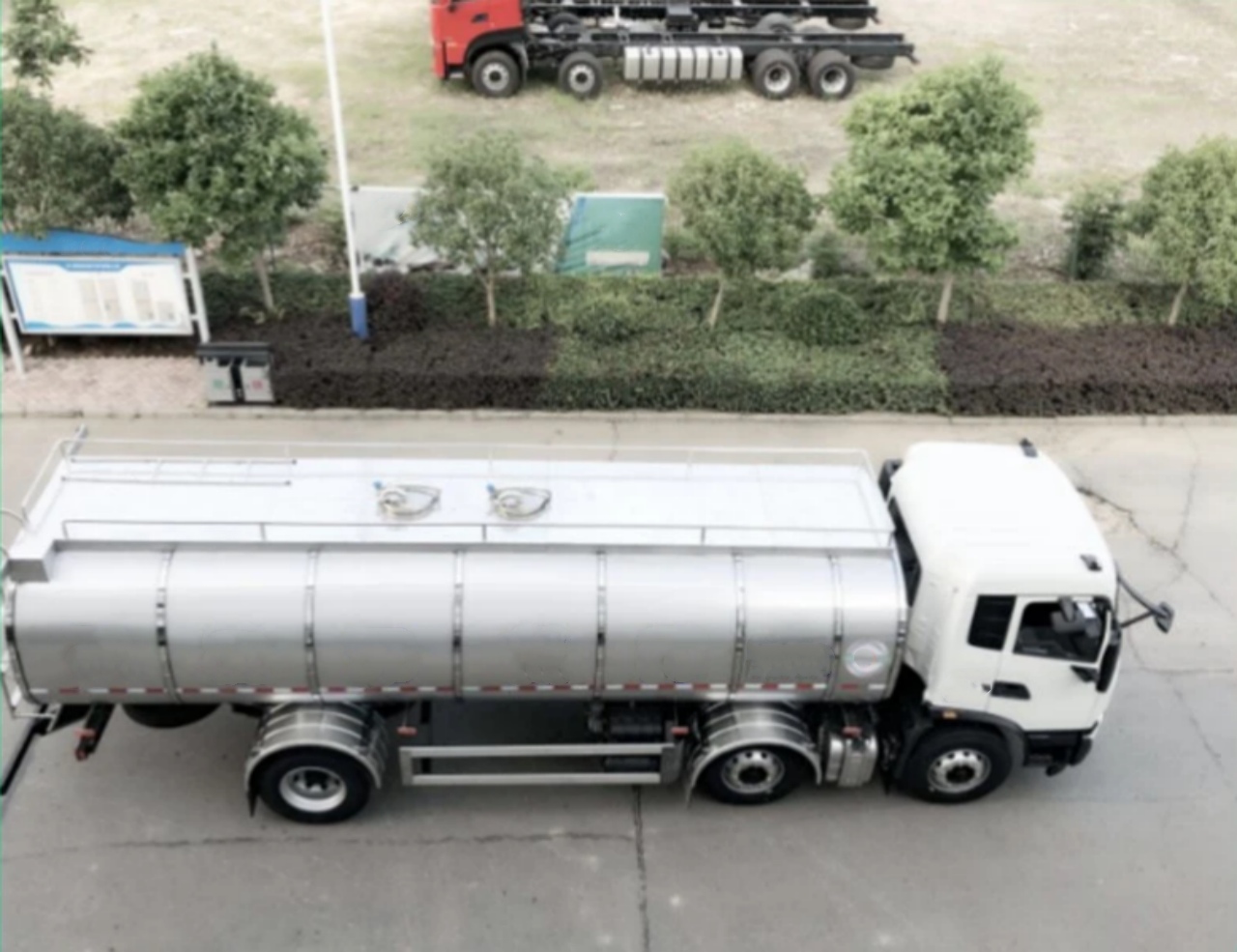
Structural Components
The structural components of a milk truck are engineered to withstand the demands of transporting liquid cargo. The tank is mounted securely onto the chassis, utilizing specialized suspension systems to minimize the impact of road vibrations on the milk inside. Insulation layers surrounding the tank maintain the milk’s temperature, crucial for preserving its quality and preventing spoilage.
Safety Features
Safety is paramount in the design of milk trucks. These vehicles are equipped with safety valves and pressure relief devices to prevent over-pressurization of the tank during transit. Additionally, stringent cleaning and sanitization procedures are implemented between loads to prevent bacterial contamination and ensure compliance with health regulations.
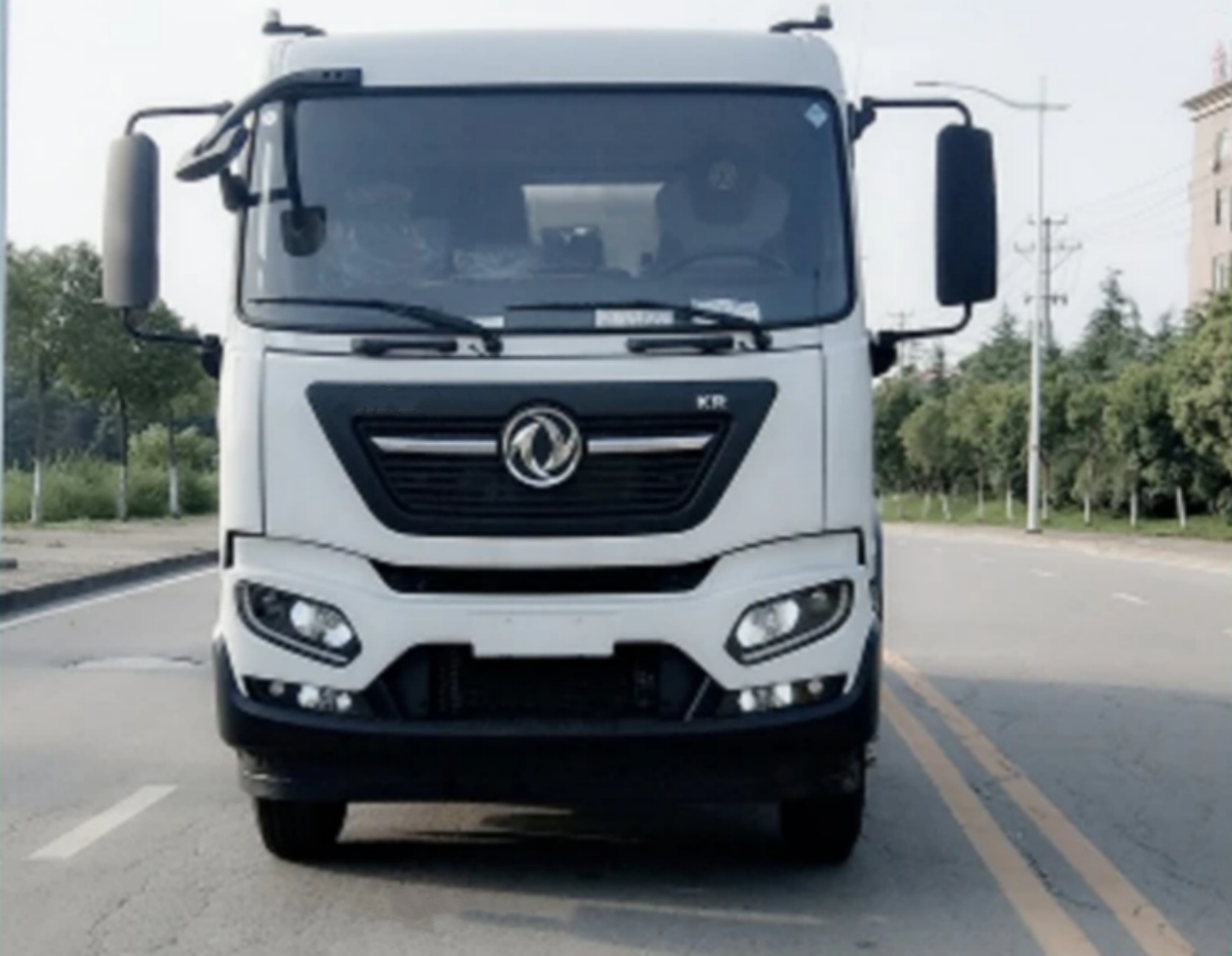
Regulatory Compliance
Milk trucks must adhere to regulatory standards set by national and international transportation authorities. These standards cover aspects such as vehicle dimensions, weight limits, and hygiene practices. Compliance ensures that milk transportation is safely and efficiently conducted, minimizing environmental impact and promoting public health.
Technological Advancements
Advancements in vehicle technology have influenced the design of modern milk trucks. Some models feature onboard computer systems that monitor milk temperature and agitation levels, ensuring optimal conditions throughout the journey. GPS tracking and communication systems enhance logistics management, enabling real-time monitoring of delivery schedules and route optimization.
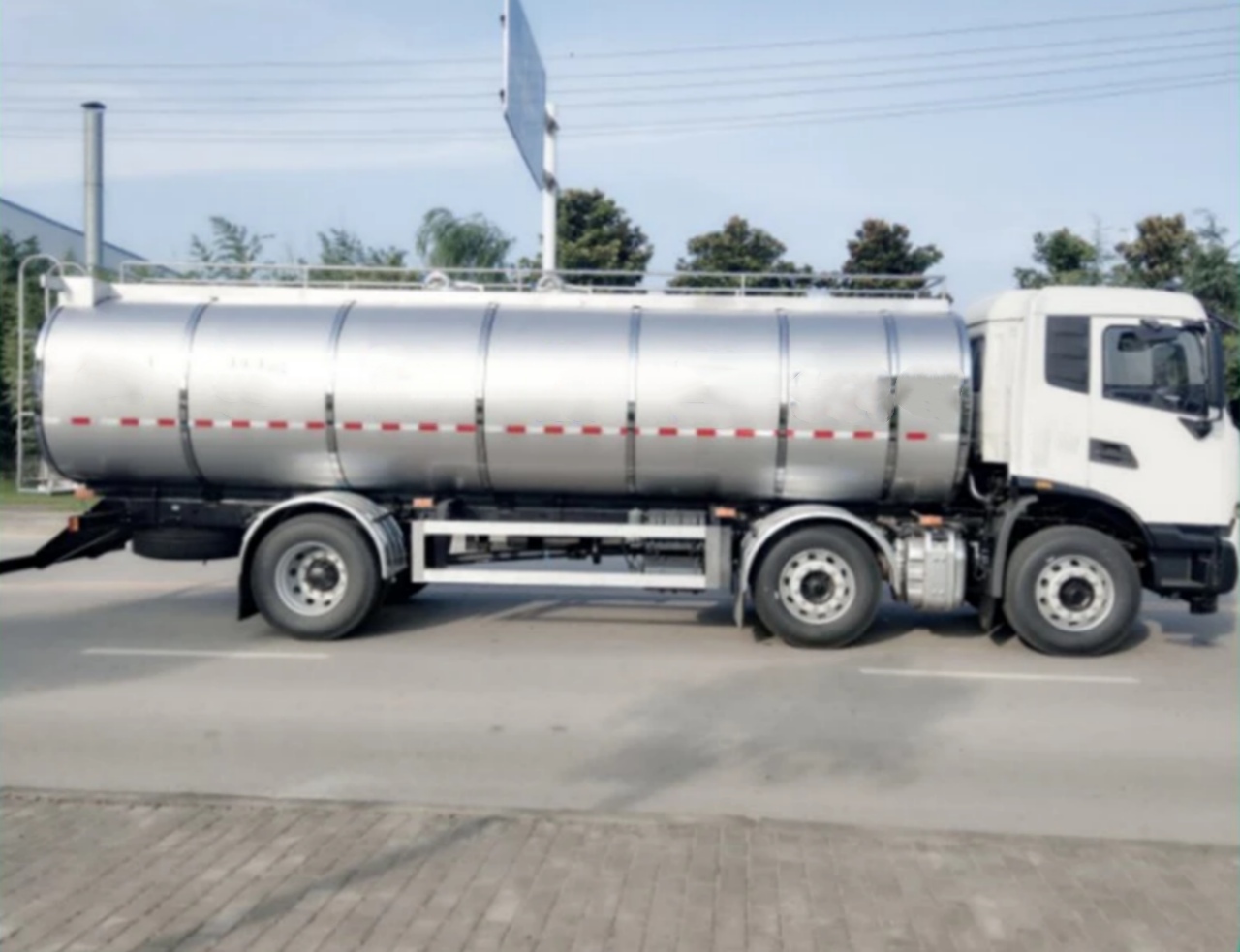
Environmental Considerations
Efforts to reduce carbon emissions and improve fuel efficiency have led to the development of eco-friendly milk trucks. Manufacturers are exploring alternative fuel options and aerodynamic designs to minimize the environmental footprint of milk transportation operations. These initiatives align with global sustainability goals and support the dairy industry’s commitment to responsible resource management.
Maintenance and Service
Regular maintenance is essential to keep milk trucks operating at peak performance. Scheduled inspections of mechanical components, including pumps and hoses, prevent potential breakdowns and ensure reliability during daily operations. Service providers specializing in dairy equipment offer tailored maintenance programs to address the unique needs of milk trucks and prolong their service life.
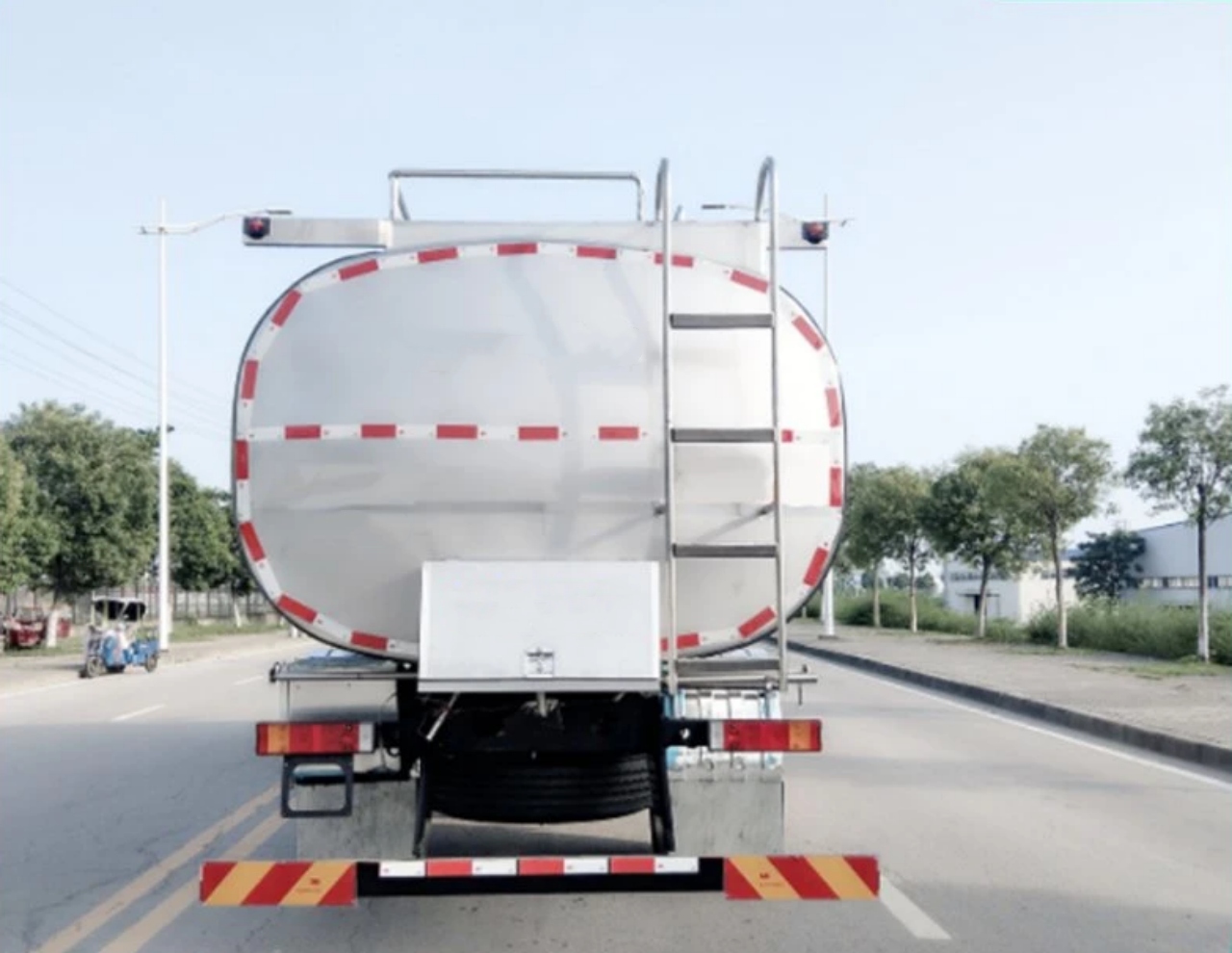
Conclusion
In conclusion, milk trucks represent a specialized category of vehicles designed to transport milk efficiently and safely from farms to processing facilities. Their dimensions, capacity, and technological features are optimized to meet the stringent requirements of the dairy industry while adhering to regulatory standards. As advancements in vehicle technology continue to evolve, milk trucks will play a pivotal role in sustaining the supply chain of dairy products worldwide, ensuring consumers enjoy fresh and wholesome milk products.
Understanding the intricacies of how long a milk truck is involves appreciating its design, functionality, and role in the dairy industry’s logistics network. These vehicles embody innovation and efficiency, reflecting ongoing efforts to enhance food safety, sustainability, and transportation reliability in the modern era.
